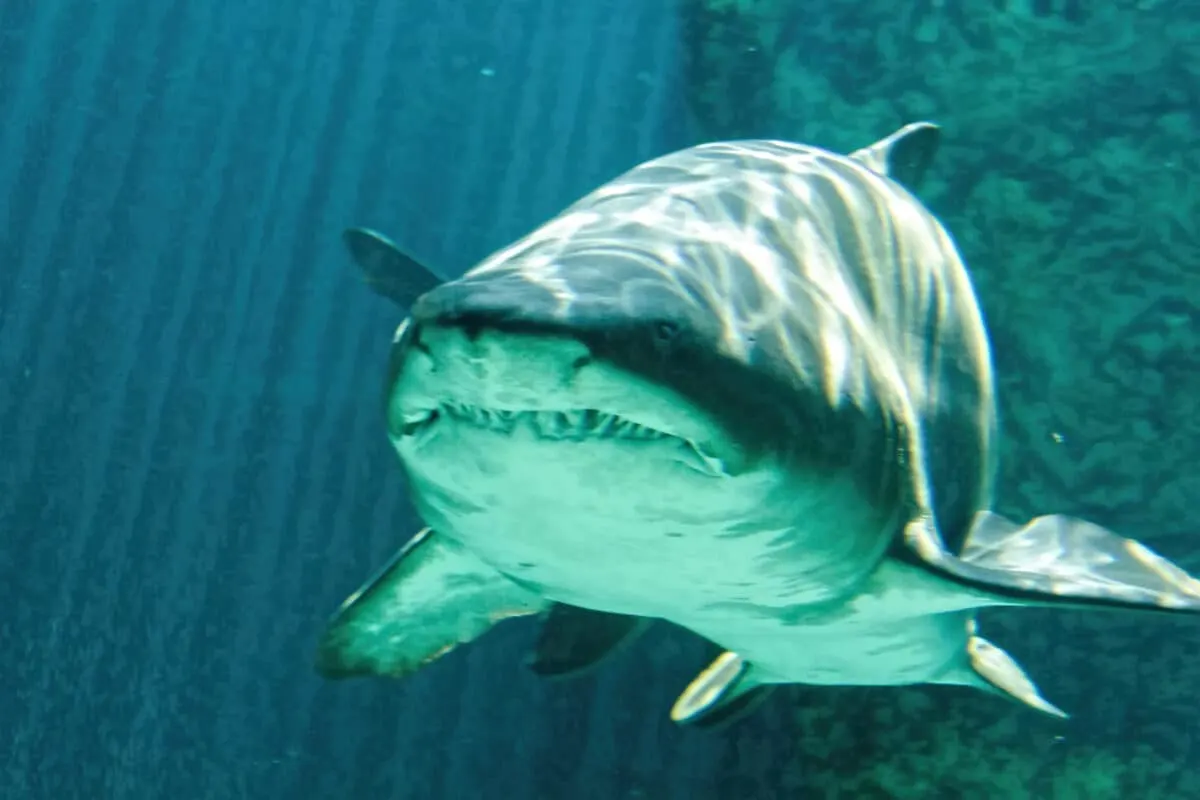We all know that sharks have countless of lethal, razor-sharp teeth, but do you know whether they have tongues or not? In this post we’re going to solve this mystery.
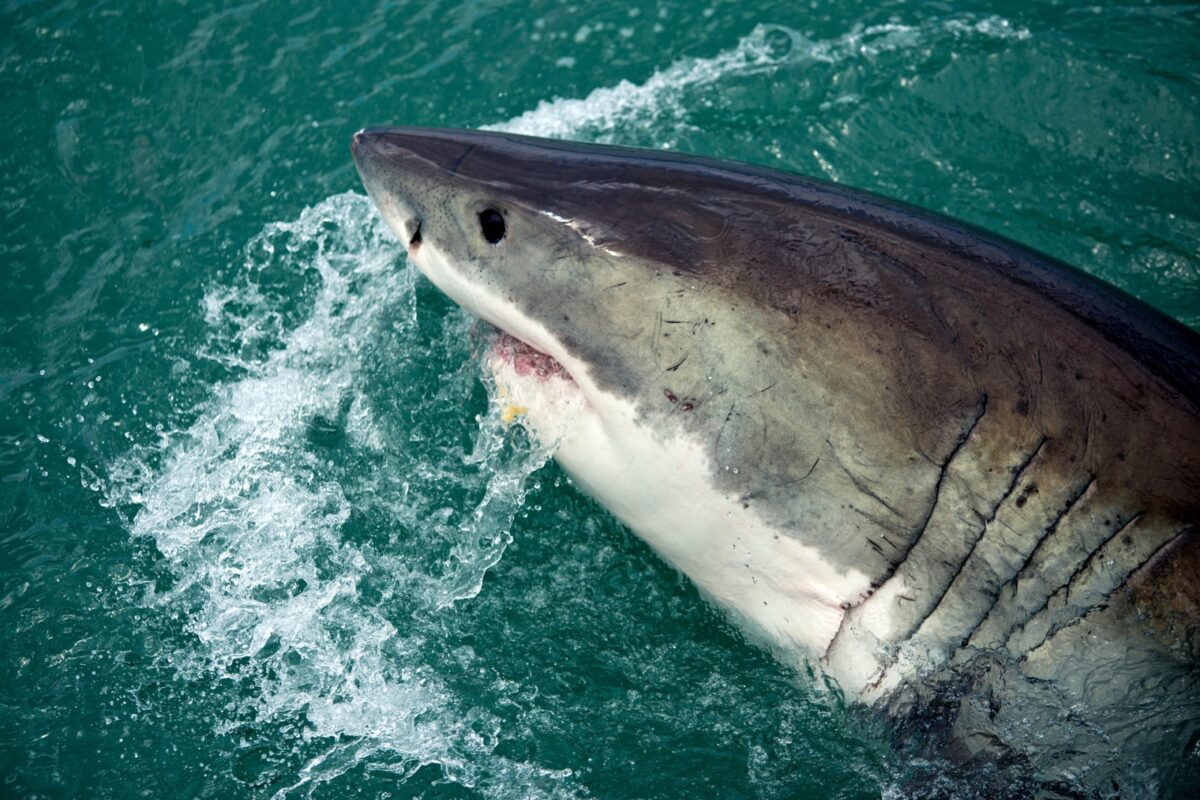
The tongue is one of nature’s best gifts to living beings. The scrumptious meals that we are able to taste and enjoy are all thanks to the taste buds on our tongues.
But let’s talk about sharks. Have you ever seen a shark stick out its tongue? Or have you ever heard of a shark using its tongue to taste or sense its environment?
Chances are, the answer is no. But why is that? Do sharks have tongues in the first place? This is the question that we will be answering in this article.
Sharks and Their Distinctive Tongues
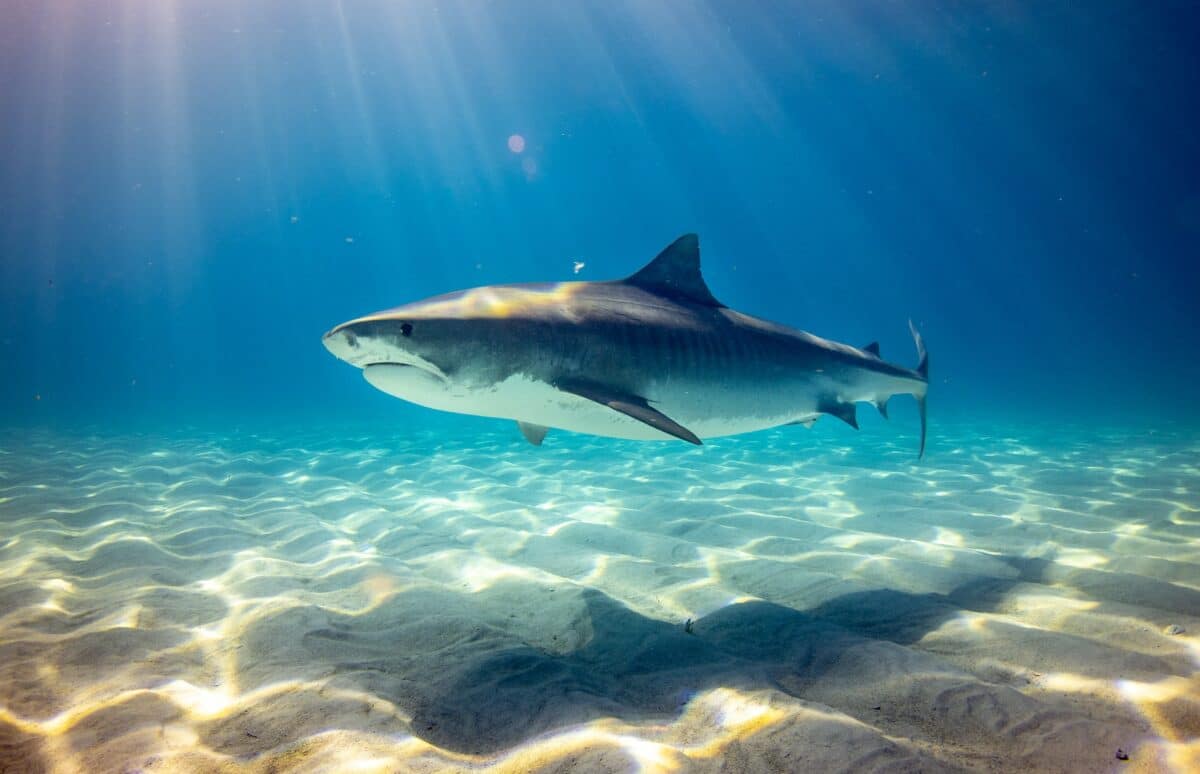
Sharks have long captivated our imagination with their powerful jaws, razor-sharp teeth, and sleek, predatory movements. These ancient creatures have roamed the oceans for over 400 million years. No wonder they’ve evolved into the ultimate predators of the marine world.
Despite their fearsome reputation and our fascination with them, there is still much that we don’t know about these incredible animals. One of the most intriguing questions that scientists have been investigating for decades is whether or not sharks have tongues.
The goal of this article is to take an in-depth look at the current understanding of shark anatomy. More precisely, we’ll examine the evidence for and against the existence of a shark tongue. After exploring research and scientific findings you’ll receive a comprehensive overview of shark tongues and their function.
Understanding the anatomy and function of the shark’s tongue is crucial for understanding the behavior and ecology of these animals. Additionally, it could potentially lead to practical applications for human use.
Before we dive deeper into the subject, let’s start by scrutinising the anatomy of a shark’s mouth and jaw structure. This will give us a better understanding of the role of the shark’s tongue.
So, if you’re ready to discover the truth about shark tongues, let’s dive in!
The Anatomy of a Shark’s Mouth
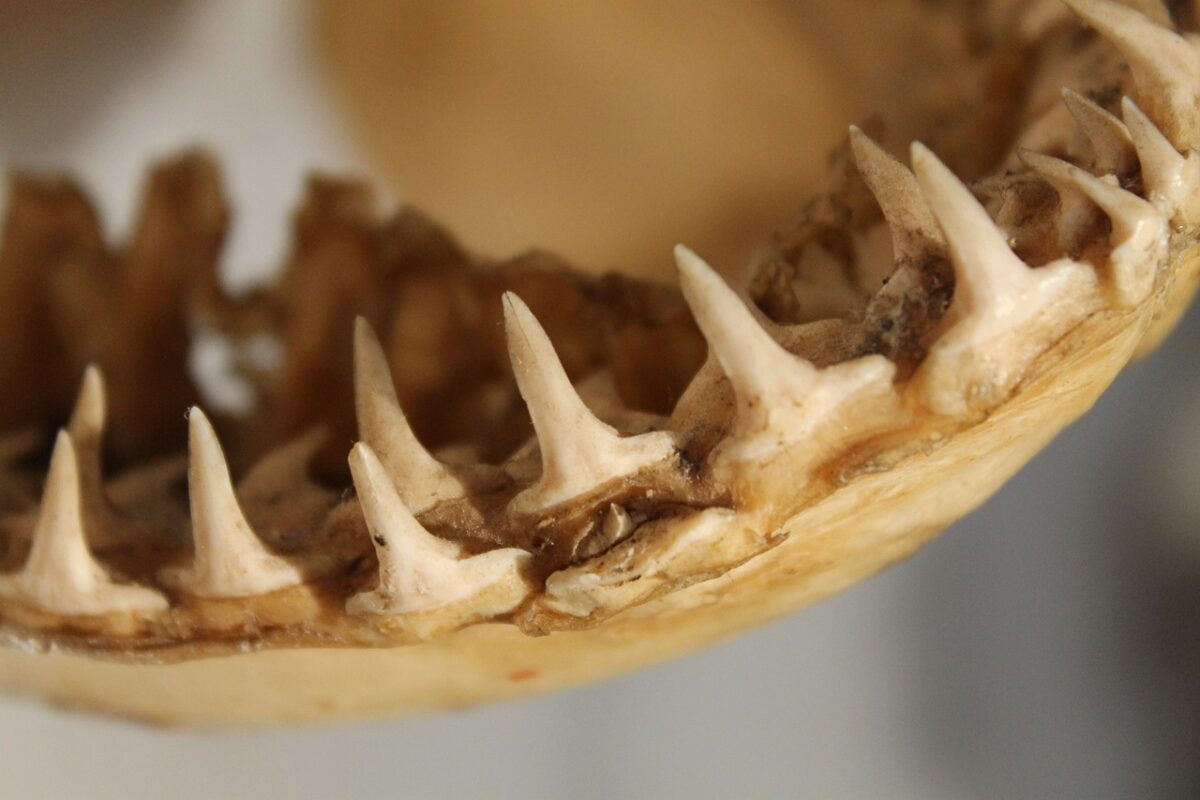
When it comes to a shark’s anatomy, the mouth is definitely one of the most interesting parts to explore. Let’s face it, those powerful jaws and sharp teeth are what make sharks such formidable predators. In fact, the way a shark’s mouth is designed is actually pretty unique.
For starters, the upper jaw of a shark is not connected to the skull. This allows it to protrude and create a larger bite area. Resultantly, when sharks chomp down on their prey, it’s got a much wider bite radius than you might expect.
However, that’s not all. The lower jaw is also not attached to the skull, but is connected to the upper jaw by a series of muscles and ligaments. This design allows their lower jaw to move independently. Consequently, a shark can bite down with such force that even a crocodile’s bite would seem meek.
And let’s not forget about those scary teeth. Inside a shark’s mouth, there are rows of sharp, pointed teeth that are constantly being replaced throughout its life. The teeth are designed to grasp and tear their prey apart, with the upper teeth used for gripping and the lower teeth used for cutting. It’s like they have a set of steak knives built into their jaws!
The Tongue
Now, when it comes to the tongue, things get a little more complicated – but also more interesting. Sharks do have a small, triangular-shaped structure located at the back of the mouth, against the base of the skull. However, it’s not quite the same as the tongue that us humans have.
This tongue-like structure, known as basihyal, is composed of cartilage. Cartilage is a tough but flexible tissue that provides support and shape. It is neither used for taste nor speech, but it does help with biting and chewing food. Moreover, unlike a conventional human or mammal tongue, a shark’s tongue does not protrude outward. It permanently stays in the same place.
Besides, if looked at closely, we can notice the presence of small bumps on its surface called papillae. They help to hold the food in place as the shark chews.
In a nutshell, sharks do have tongues. It should be noted, though, that they are not the same as the ones in humans and other mammals. Now, you’re probably wondering what role an immobile tongue plays in a shark’s life – let’s investigate even further!
The Function of a Shark’s Tongue
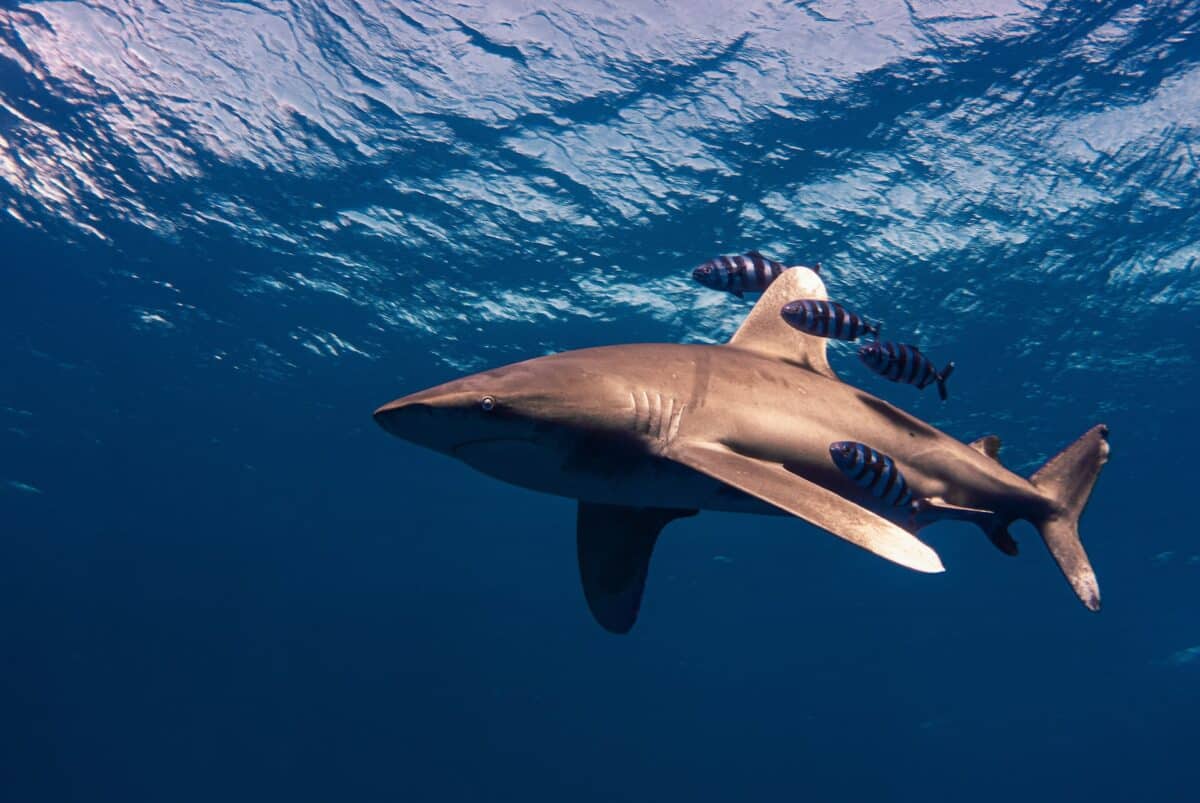
When it comes to the function of a shark’s “tongue,” it’s important to remember that it’s not like a human’s tongue. But that doesn’t mean it’s not important! In fact, it plays a crucial role in helping sharks survive in the ocean.
Think about it this way, you know how your tongue is like a little muscle in your mouth that helps you taste, speak and swallow? Well, a shark’s “tongue” is not like that.
Instead, it’s more like a little triangular structure that helps them bite and chew their food. Moreover, instead of having taste buds on it, it has small bumps called papillae. These aid in holding the food in place as the shark chews.
In fact, it makes it easier for the shark to tear and chew its prey. Let’s be real; when you’re an apex predator, you need to be able to chomp quickly and efficiently!
But here’s the thing, just because a shark’s “tongue” doesn’t have taste buds doesn’t mean they can’t taste the food they consume. Sharks have taste buds and sensory receptors located in their mouths and on their skin, which allow them to taste and sense their environment.
If truth be told, they are pretty good at it! They can smell prey from miles away. Sharks even have a specialized organ called the lateral line that runs the length of their body. This organ is sensitive to vibrations and changes in water pressure, allowing them to detect the movement of other animals even in low visibility conditions.
The Significance of a Shark’s Tongue
The discovery of the significance of the basihyal (i.e. their tongue) in shark behavior and ecology has important implications for our understanding of these animals. Can you imagine being able to taste something from miles away? That’s what these guys can do!
The ability of sharks to detect prey from a distance using their sense of taste could help explain why some shark populations are able to thrive in areas with low prey density.
Moreover, recent research has shown that the basihyal is key in the shark’s feeding behavior. When they bite into something, the basihyal moves forward and presses against the food, allowing them to determine if it’s worth eating. If it’s not, they just let it go and move on to the next potential meal. How efficient is that?
But it’s not just an important organ when it comes to eating; it also plays a role in shark communication. Some species of sharks, like the lemon shark, have been observed using their basihyals to detect the existence of other sharks in the area. This behavior is thought to be related to mating and territorial behavior.
Benefit and Application by Humans
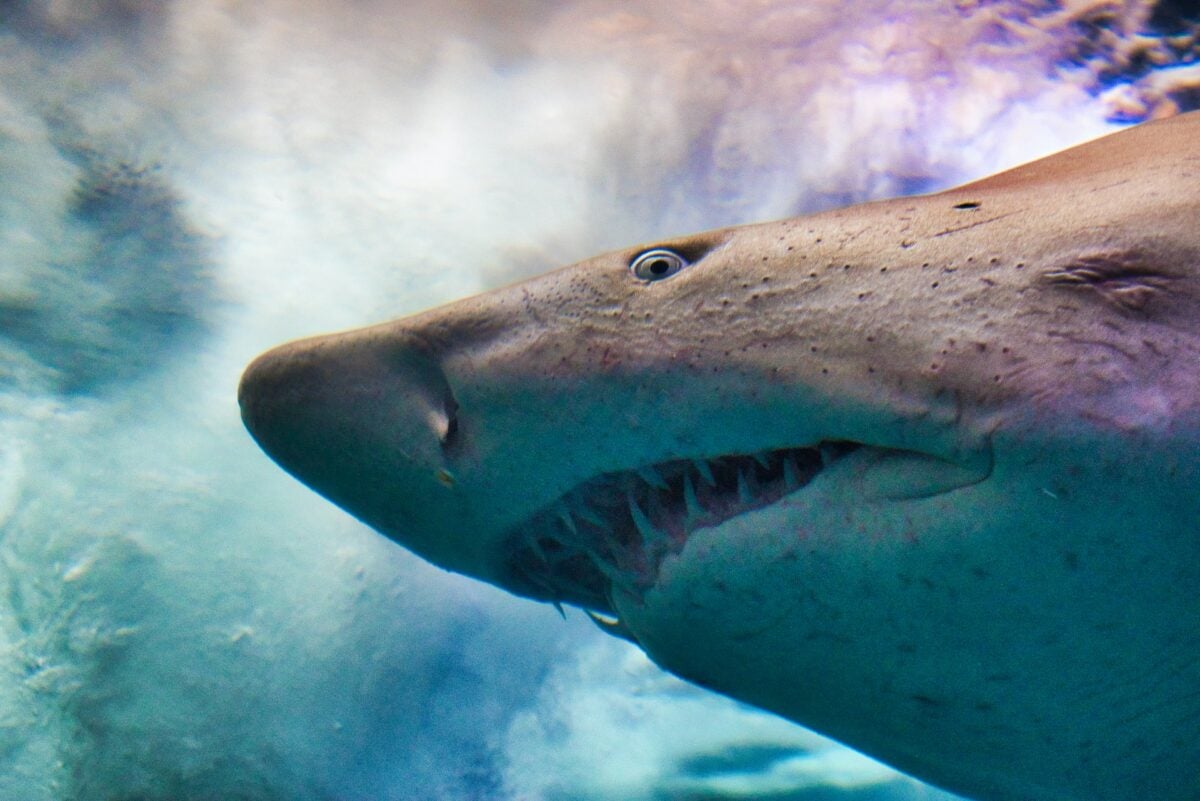
Besides, the implications of the basihyal go beyond just shark behavior and ecology. It has potential practical applications for us humans too.
For example, scientists could use the ability of the basihyal to detect chemicals in the water to develop new technologies for detecting pollution or oil spills. Additionally, researchers could even use the basihyal’s sensitivity to certain chemicals to develop new methods for detecting diseases, such as cancer, in the human body.
Moreover, imagine if we could fish, swim or dive without worrying about shark attacks and the fear of being bitten. That would be great, right? All this could potentially be possible thanks to the little structure in the shark’s mouth, the basihyal.
Moreover, we could reduce human-shark conflicts by developing fishing methods that don’t release chemicals that might attract sharks, thereby making sure they don’t lure around areas where humans are swimming or fishing.
Sharks That Have a Different Tongue
Now that you know what a shark’s tongue is like, you should also know that not all shark species have the same kind of basihyal. Some have a big one, some have a small one, and some don’t even have one at all.
Take carpet sharks, bullhead sharks, and cookie-cutter sharks, for example. These guys have a basihyal that’s particularly special. It’s super well-developed, which makes sense when you think about where they live.
In fact, they are bottom-dwellers, which means they spend a big fraction of their time on the ocean floor, where visibility is especially low. So, having a basihyal that can sense chemicals in the water is pretty important if they want to find something to eat – and consequently, survive. These species tend to lie and wait for prey and then ambush them. Therefore, a well-developed basihyal can help them detect prey nearby and strike when the time is right.
#1 Carpet Sharks and Bullhead Sharks
Compared to a conventional shark, the carpet and bullhead sharks have a larger, more elongated, and mobile basihyal that helps them grope their prey with greater force. The movable and flexible tongue plays an active role in trapping their prey, coupled with the help of their pharyngeal muscles.
#2 Cookie-Cutter Sharks
One of the most interesting things about cookie-cutter sharks is the way they use their tongues for feeding. They have a very small and delicate basihyal, which helps them bite and chew their food.
The function is to act as a support structure for the shark’s jaw muscles. These sharks have a very specific way of feeding, which is where they get their name from. They use their sharp, suctorial lips and teeth to remove small circular plugs of flesh from larger marine animals, like they’re using a cookie cutter to take a bite out of their prey.
It’s incredible how each species of shark has developed unique adaptations to help them survive in the ocean. The cookie-cutter shark is a perfect example of this, with its small tongue serving a specific purpose in support of its jaw muscles.
The next time you encounter one of these sharks, you’ll know that its tongue may be small, but it plays a big role in helping the shark thrive in the ocean.
If you want to discover more about the role of cookie-cutter sharks, click here.
Frequently Asked Questions About the Shark’s Tongue
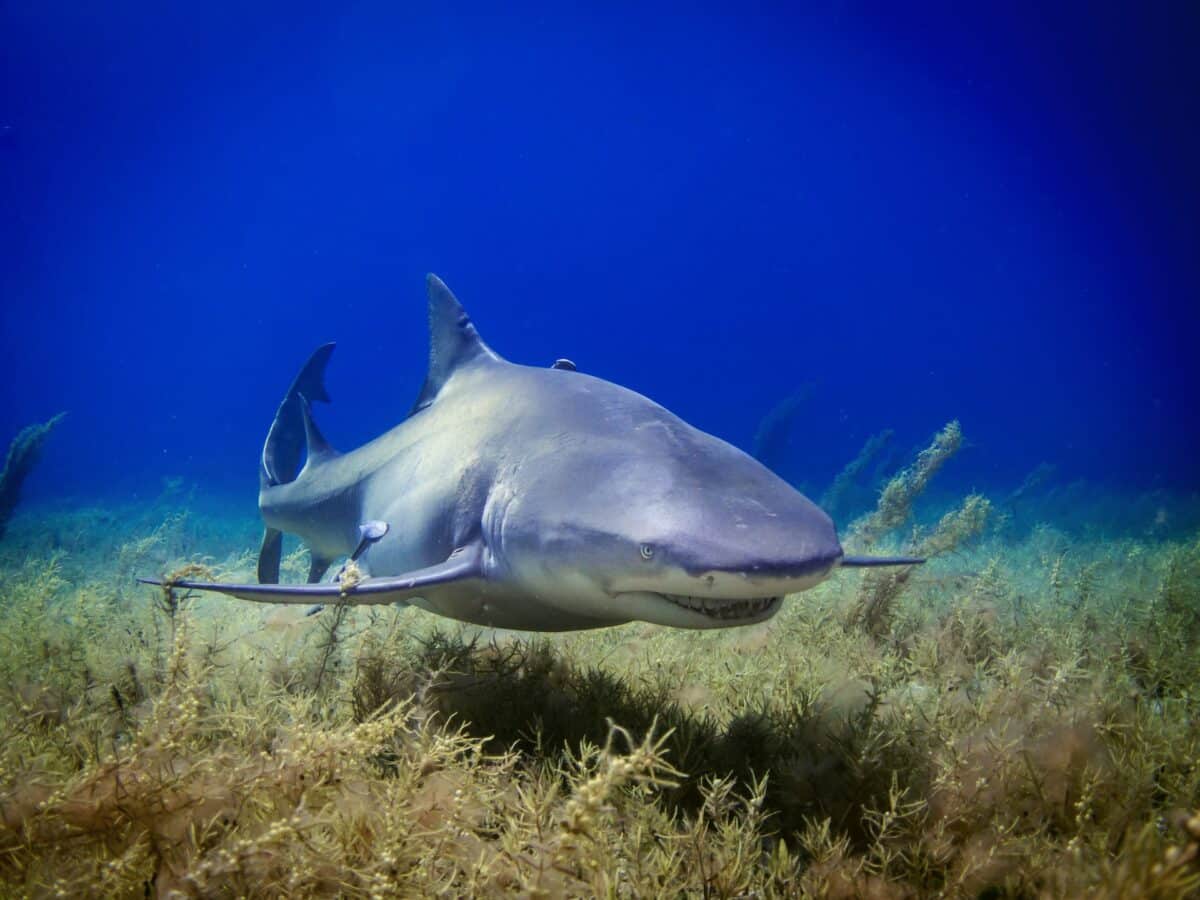
FAQ #1
It is highly unlikely that a shark would be able to bite its own tongue. Sharks have some pretty impressive jaws and teeth, which allow them to bite and chew through challenging prey like fish and marine mammals.
However, it’s not likely that they would use those powerful jaws on themselves. The tongue of a shark is located on the floor of the mouth and is anchored in place by a pair of cartilages so that it stays out of reach from the jaws.
So, it would be pretty hard for a shark to bite its own tongue. And, even if the shark somehow managed to get its jaws around its tongue, its highly developed nervous system would sense the position of its own jaws and teeth, which would prevent the shark from accidentally biting its own tongue.
FAQ #2
Unlike most other animals, sharks do not have tongues that can stick out of their mouths.
The tongue of a shark, which we now know is also called a basihyal, is located on the floor of the mouth. It is anchored in place by cartilage, so it doesn’t move or protrude outside of the mouth. Instead, it serves as a support structure for the shark’s jaw muscles.
Sharks use their mouths to catch prey, and they are not known to use their tongues in the way that other animals do. They use their sharp teeth to capture and bite their prey, while their tongues are anchored inside the mouth and doesn’t move.
So, it’s safe to say that you won’t see a shark sticking out its tongue like a dog does when it’s hot.
FAQ #3
Like most other fish, sharks use their taste buds to detect the chemical compounds in the water around them, but their tongues don’t play a direct role in this.
The tongue of a shark only serves as a support structure for the shark’s jaw muscles and doesn’t have taste buds. So, when it comes to taste, sharks rely on other parts of their body to do the job.
Sharks have specialized cells called the lateral line system, which detect vibrations and changes in water pressure, allowing them to sense the movement of prey.
They also have a highly developed sense of smell, which they use to detect chemicals in the water and locate prey. As a matter of fact, their sense of smell is so powerful that they can detect a single drop of blood in an Olympic-sized swimming pool!
FAQ #4
Toothless sharks can be named the ‘gentle giants’ and are truly fascinating creatures! Neither do they have teeth to chomp on their prey, nor do they use their tongues to grope and swallow their prey whole.
Instead, toothless sharks, such as the whale shark and the basking shark, are filter feeders. They use their gills to filter plankton and small fish out of the water. By swimming through the water with their mouths wide open, the water flows into their mouths and out through their gills, where the tiny organisms are filtered out and eaten.
Whale sharks and basking sharks are known to have wide mouths and gills that are capable of filtering immense quantities of water. The whale shark, for example, has a mouth that can open up to 5 feet (1.5 meters) wide and gills that can filter up to 19,700 cubic feet (6000 cubic meters) of water per hour!
The Final Word
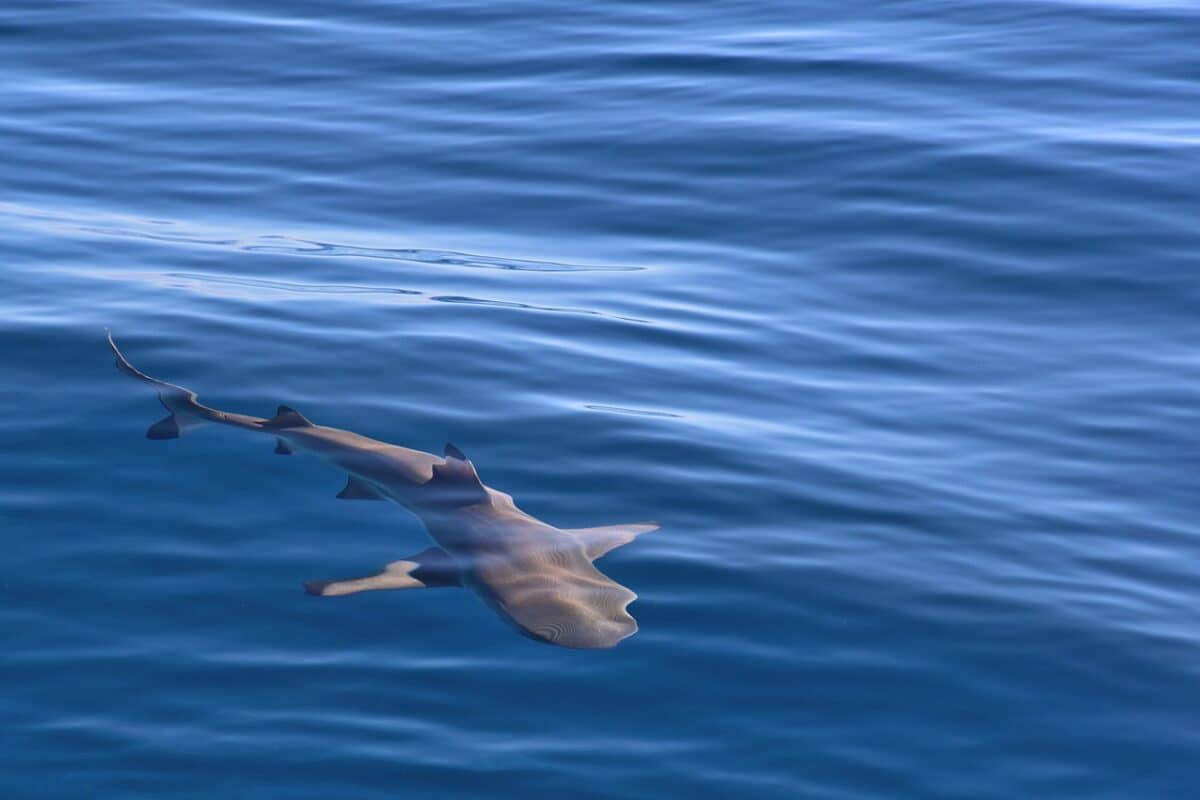
| KEY POINTS |
| Sharks do have tongues but they are not the same as the ones in humans and other mammals. |
| Sharks have a tongue-like structure, known as basihyal, which is composed of cartilage, a tough but flexible tissue that provides support and shape. |
| The basihyal has small bumps called papillae that help to hold food in place as the shark chews. |
| Sharks have taste buds and sensory receptors located in their mouths and on their skin (but not on their tongue,) which allow them to taste and sense their environment. |
| When sharks bite into something, the basihyal moves forward and presses against the food, allowing them to determine if the food is worth eating. |
| The basihyal of carpet sharks, bullhead sharks, and cookie cutter sharks is different compared to conventional sharks. |
Now that you know all about the shark’s tongue, you might be in absolute awe of nature’s wonders and its ability to give species various distinguishing adaptations and abilities to ensure their survival.
Not only are sharks gigantic and terrifying beasts, but they also have a unique living pattern that fascinates scientists and animal researchers across the world.
The tongue of a shark has been subject to much research and studies till the present and will continue to be an active topic of interest due to its unique nature.
Thank you for reading this article! If you’re curious to know more about one of the most vicious predators of the sea, take a look at our post on Shark Attacks in New Jersey or Is There Such a Thing as Cute Sharks?
- Octopus Stuck to Diver’s Back and Won’t Come Off - April 25, 2024
- Magpie Bird Is Reunited with Her Dog Best Friend - April 24, 2024
- Dog Saves Another Dog From Drowning in Fish Pond - April 23, 2024

